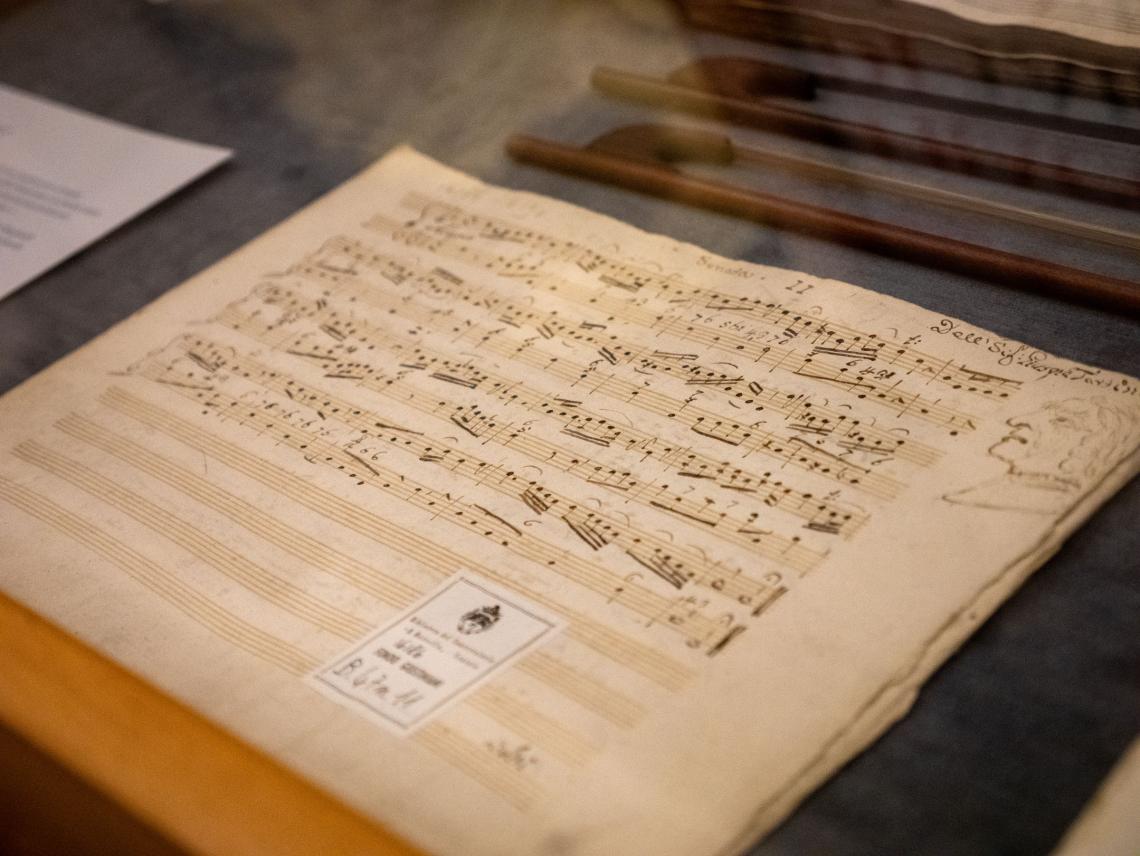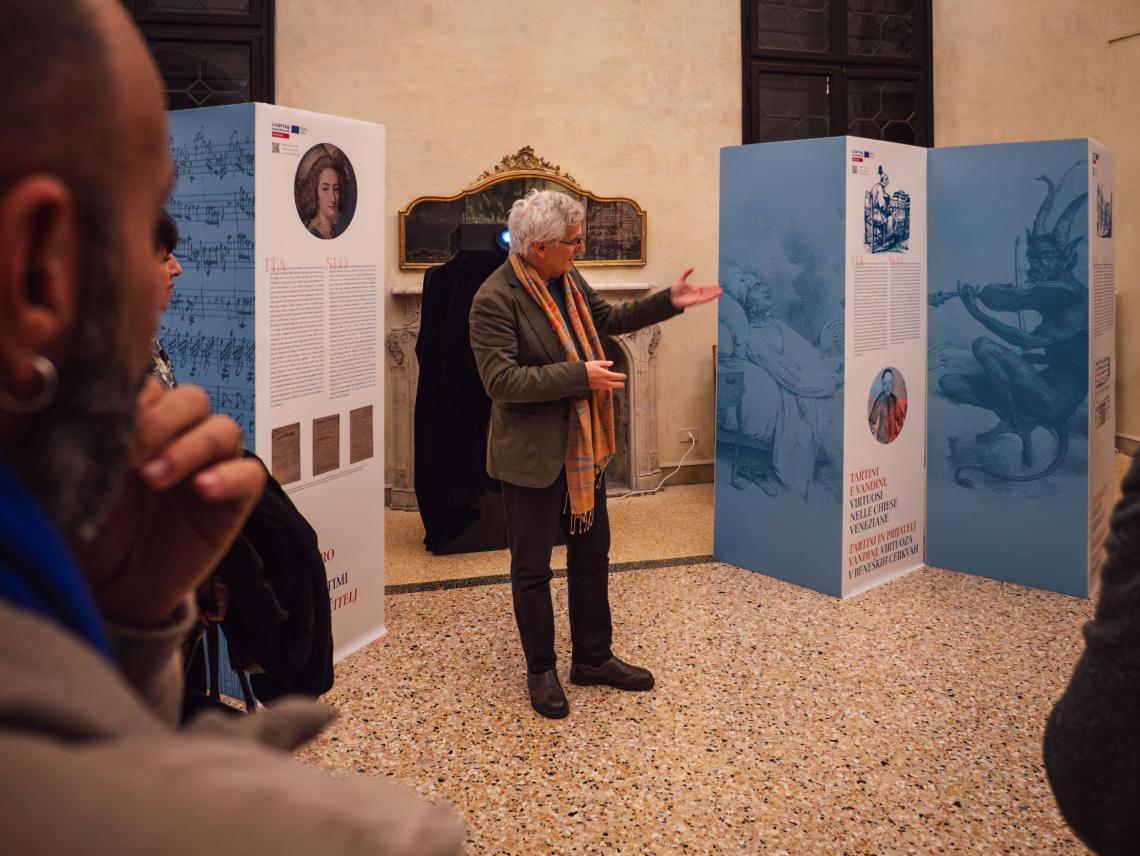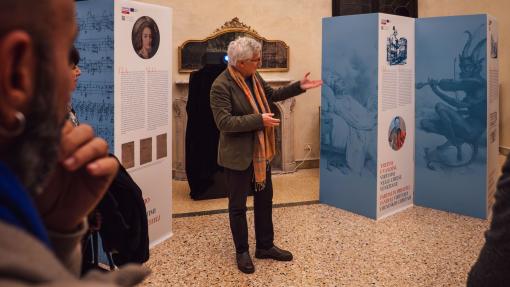Venice pays tribute to Giuseppe Tartini, the renowned violinist and composer, with a new exhibition titled "Musical Routes: Tartini's Journey to Venice." The exhibition explores the crucial connection between Tartini, known as the "first violin of Europe," and the lagoon city, a key place in his adventurous and successful life
The exhibition invites visitors to discover the professional relationships Tartini established in Venice, revealing the places where he performed and taught, as well as the network of connections he built with aristocrats, clergymen, students, and fellow musicians. Additionally, valuable testimonies of his musical output—both in manuscript and printed form—are on display, including instrumental music, sacred vocal compositions, methods, and theoretical treatises preserved in Venetian libraries.

The exhibition's presentation also served as an opportunity to highlight Venice's strategic role as a center for disseminating knowledge about the composer’s life and legacy. As the most significant tourist destination within the "Tartini Route" Venice aims to establish itself as a major hub for promoting Tartini’s musical heritage to a broader audience of cultural tourism enthusiasts. This initiative also benefits from the well-established role of Palazzo Pisani, home to the Venice Conservatory, within the city’s cultural and musical tourism circuits.

To conclude the presentation of the exhibition and its significance within the "Tartini Route," a Tartini-themed concert was performed. The program featured a rare piece: Giuseppe Tartini's Sonata in B-flat Major, originally composed for the viola da gamba and sourced from a manuscript copy preserved in the Ledenburg Collection at the Niedersächsisches Landesarchiv in Osnabrück, Lower Saxony. The performers were Cristiano Contadin on viola da gamba and Valeria Montanari on harpsichord. The sonata was performed in the following movements: Affettuoso, Allegro, Allegro.

